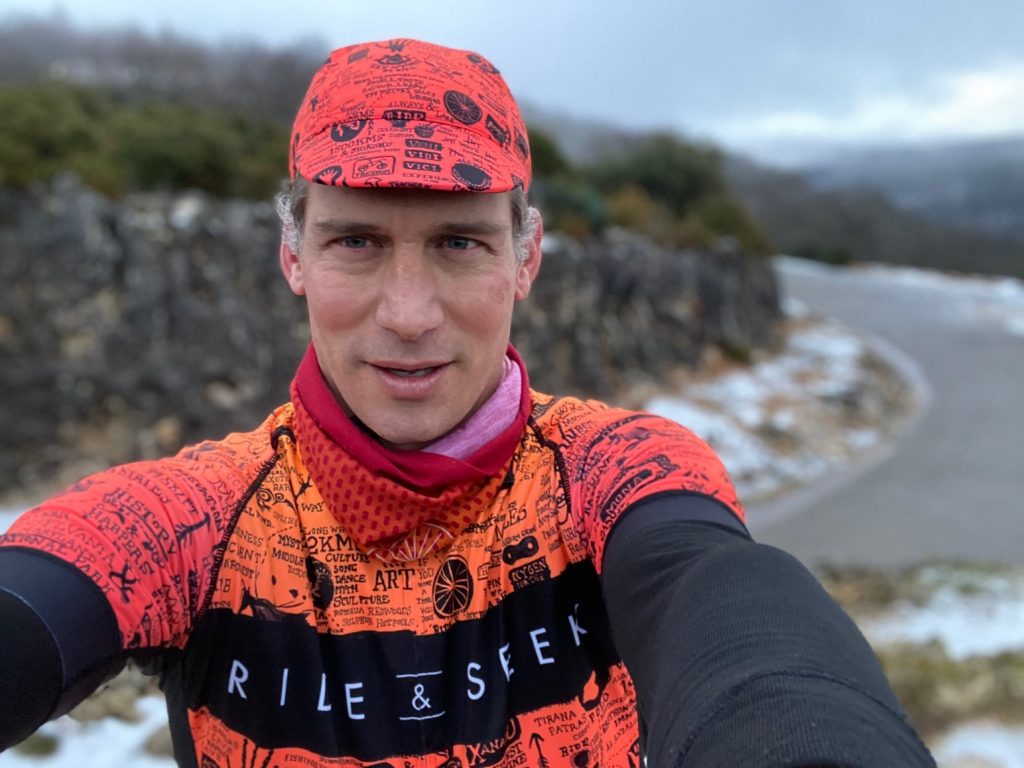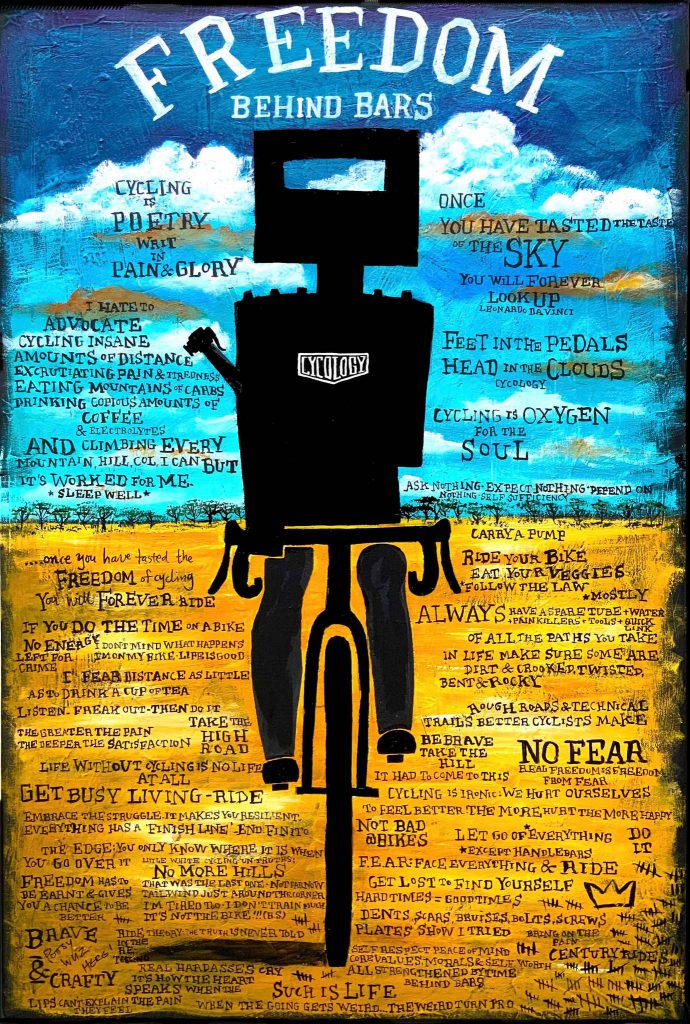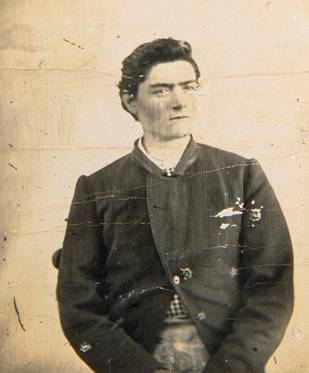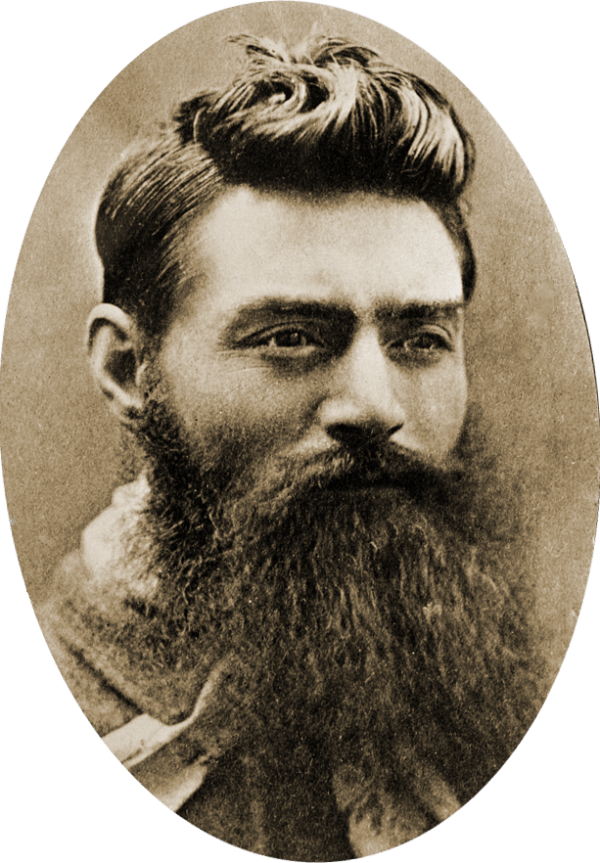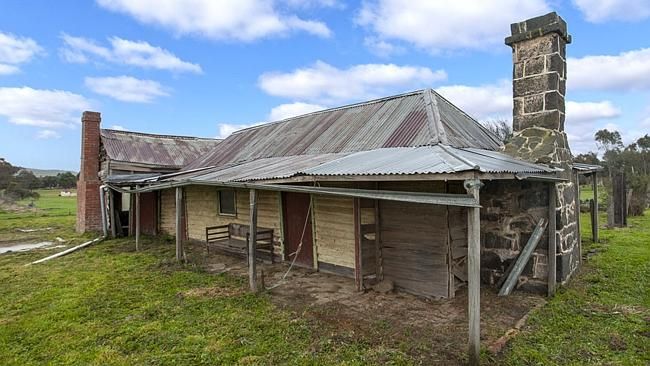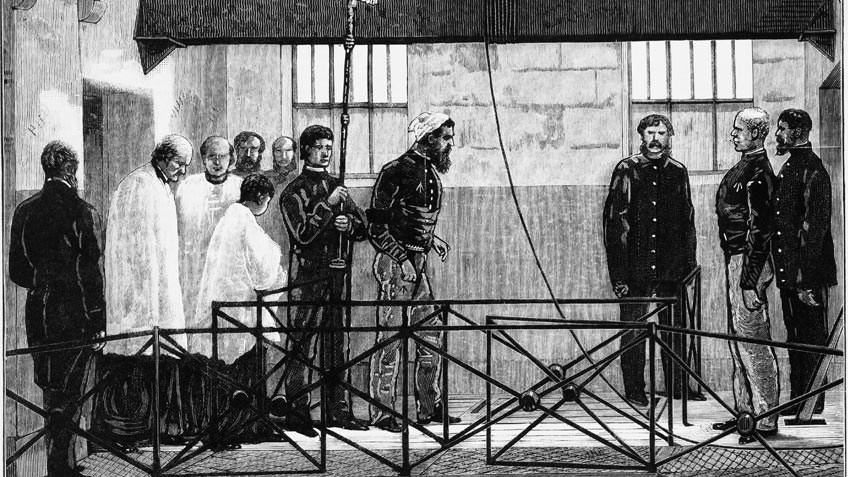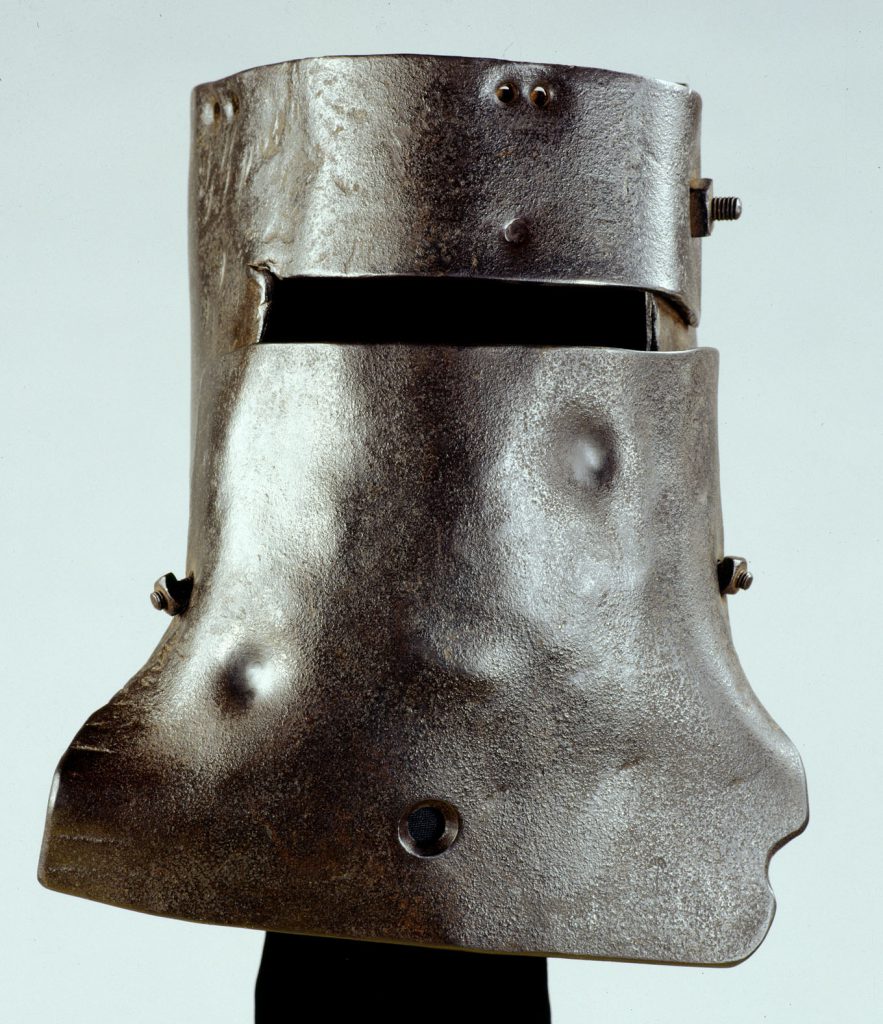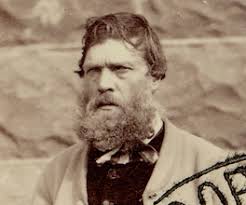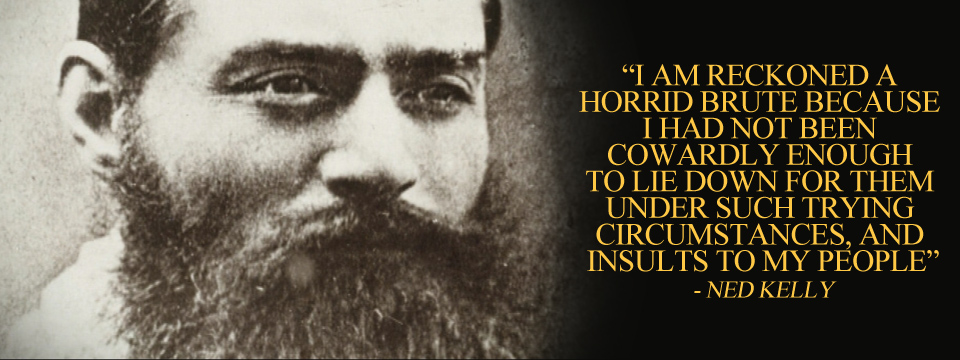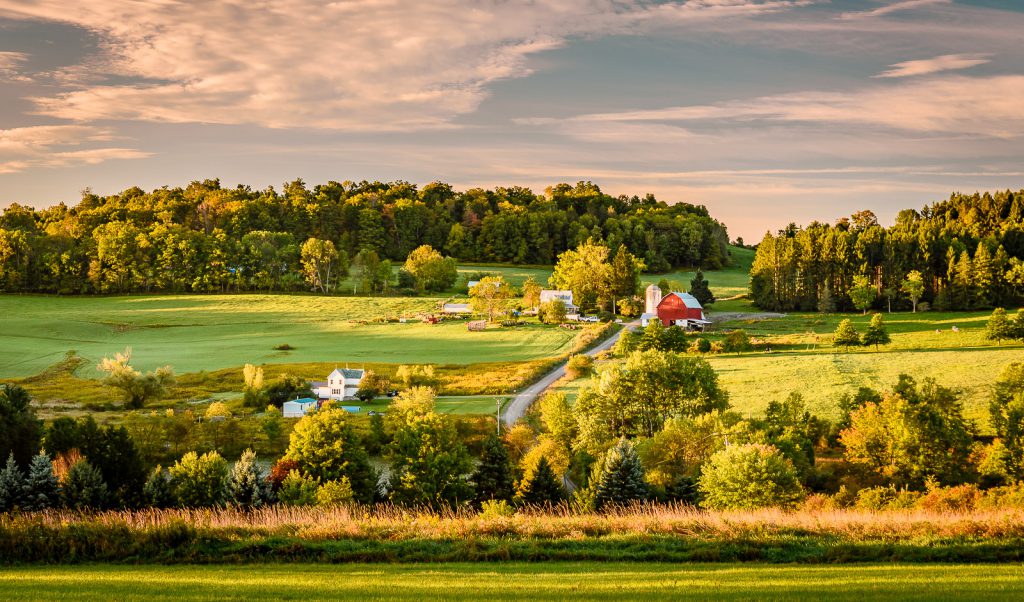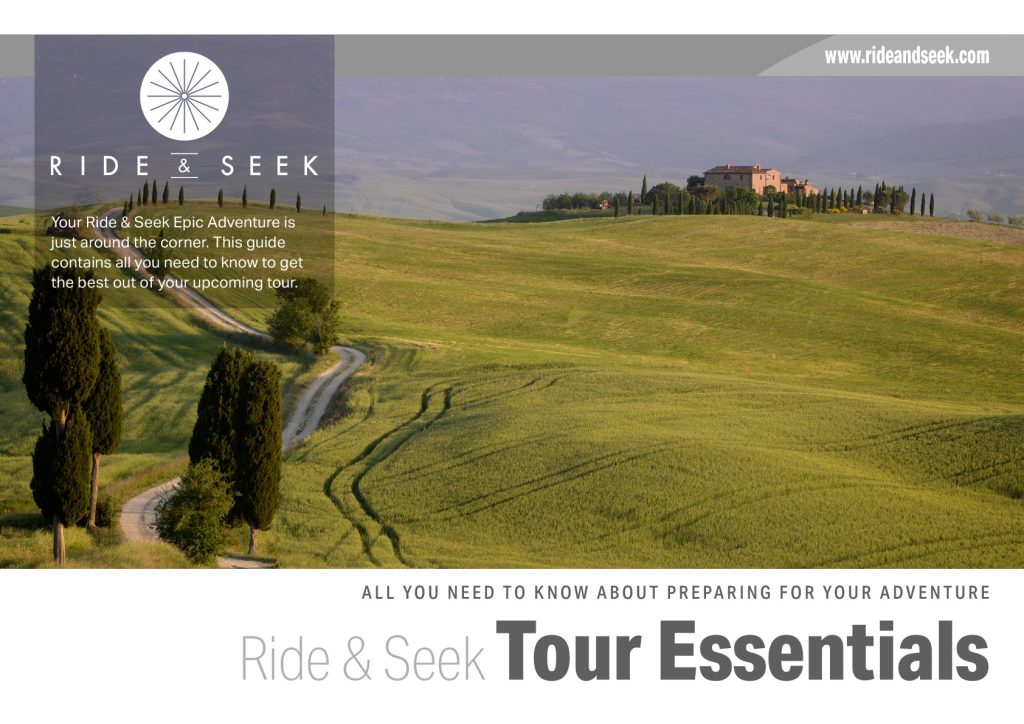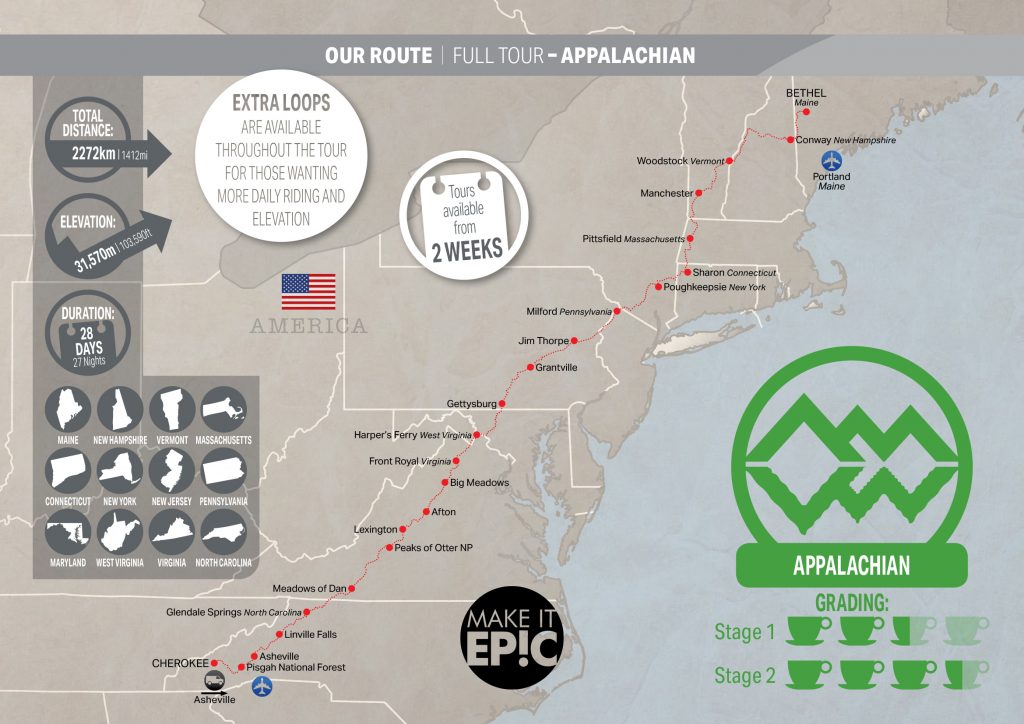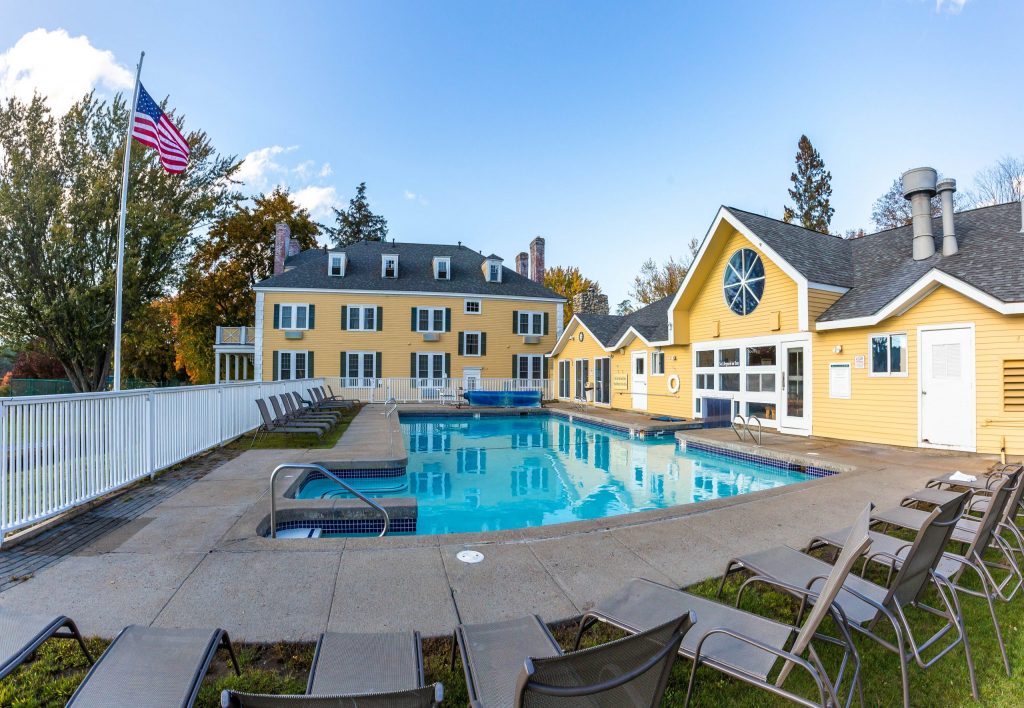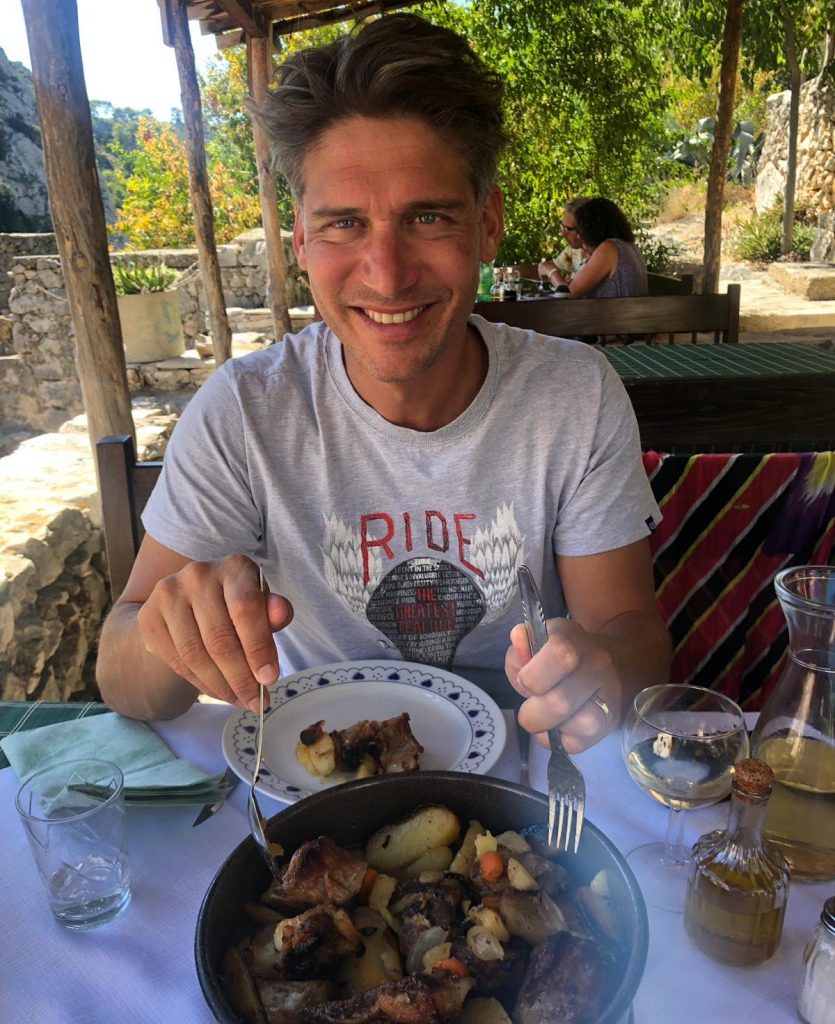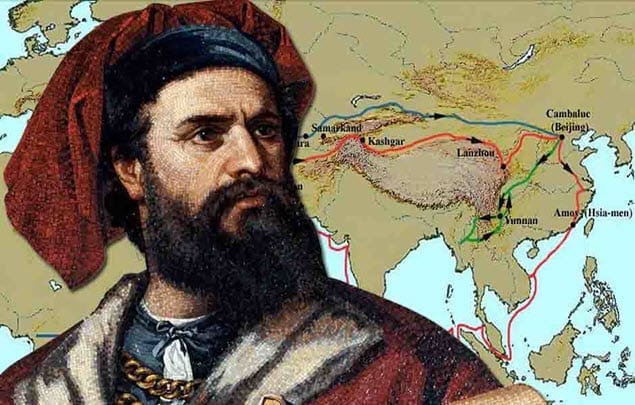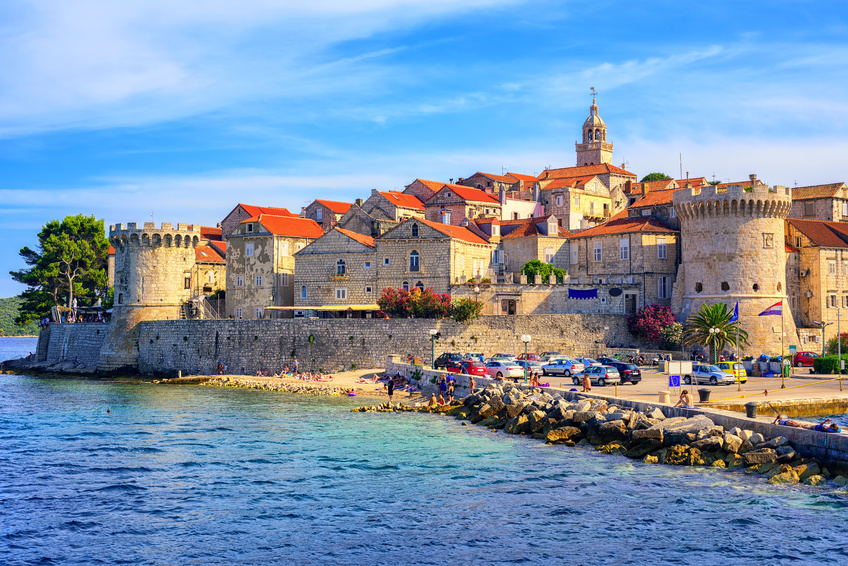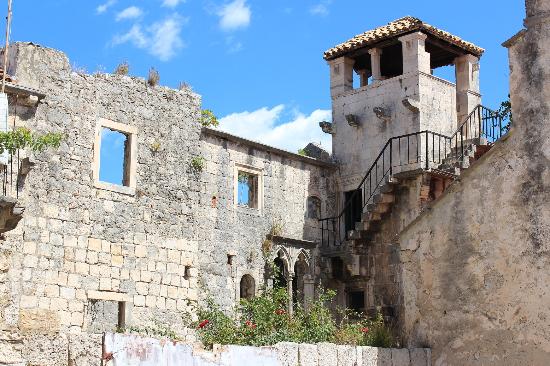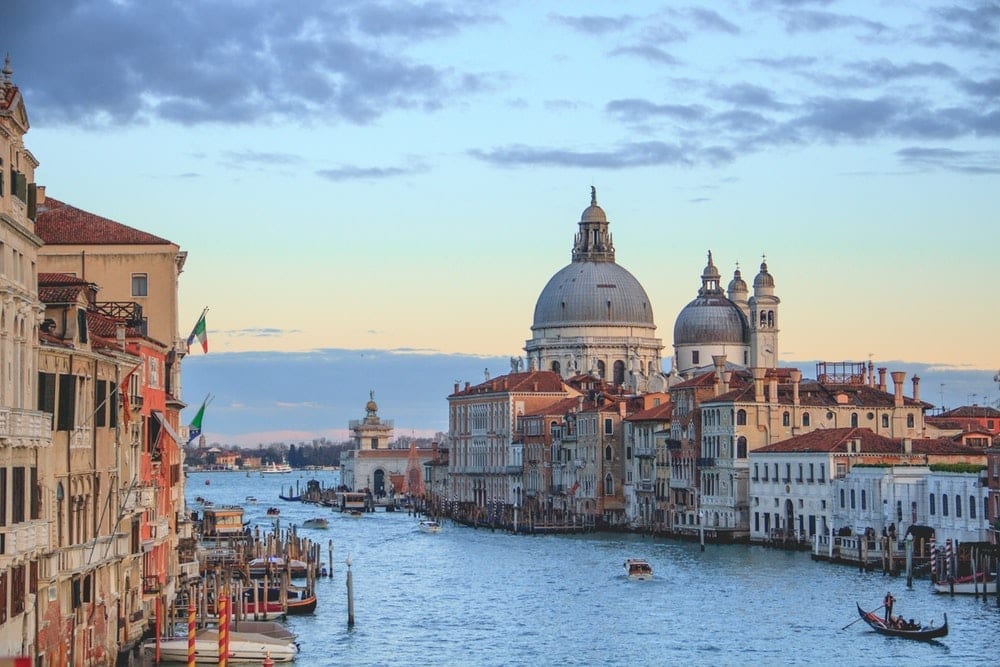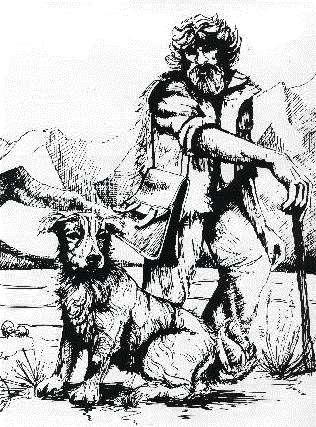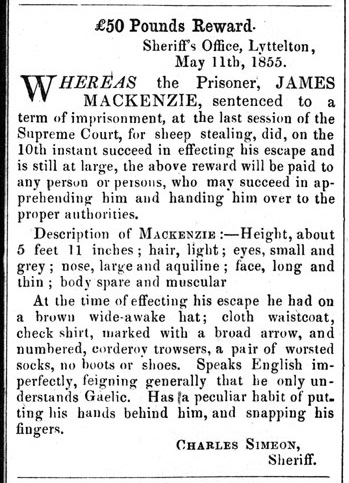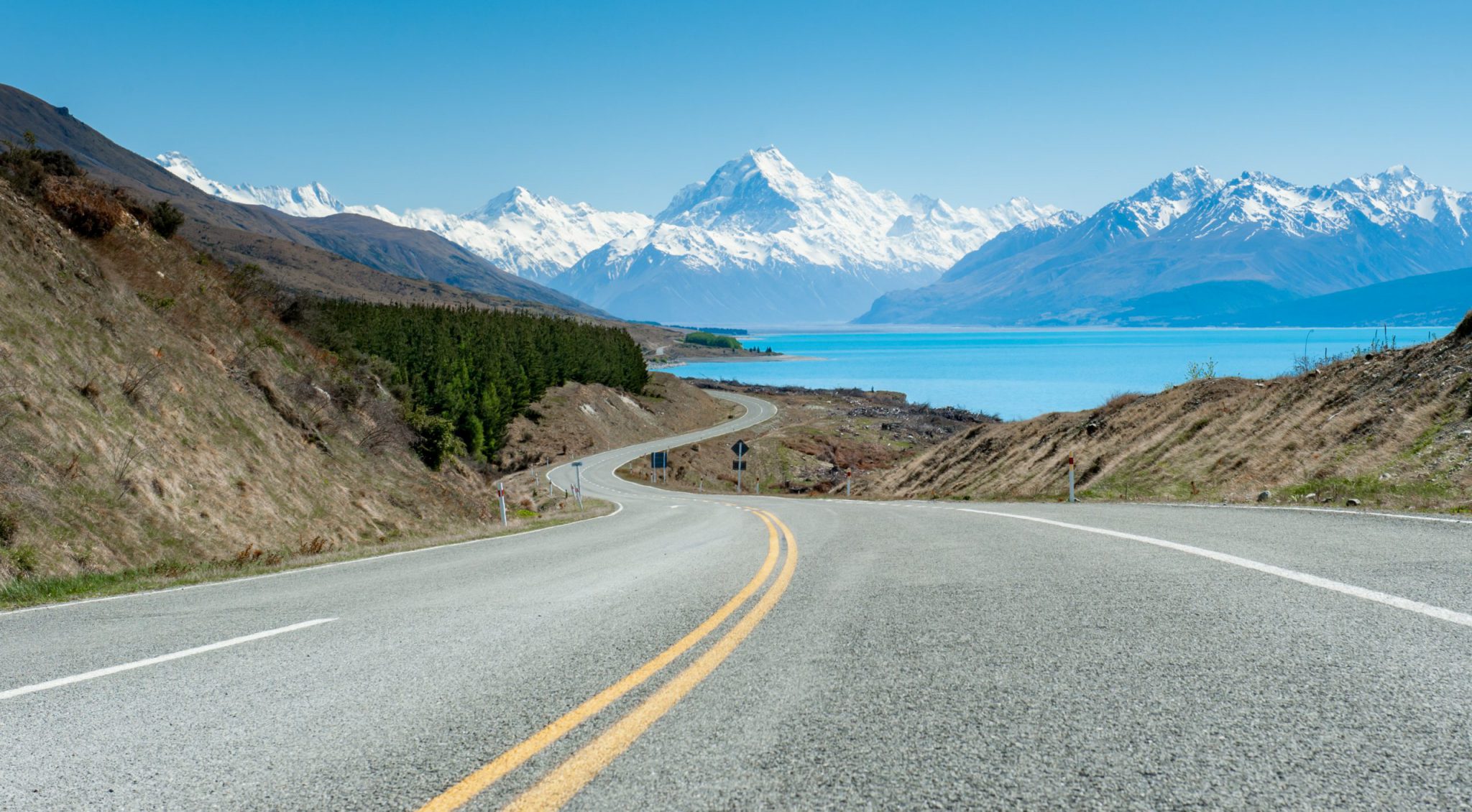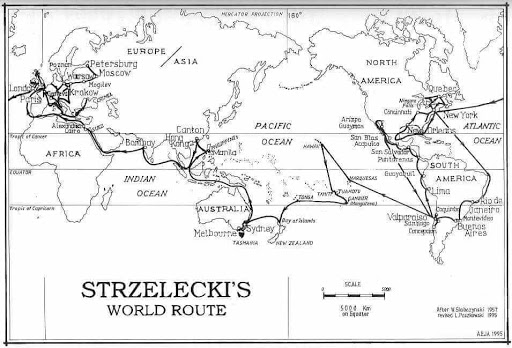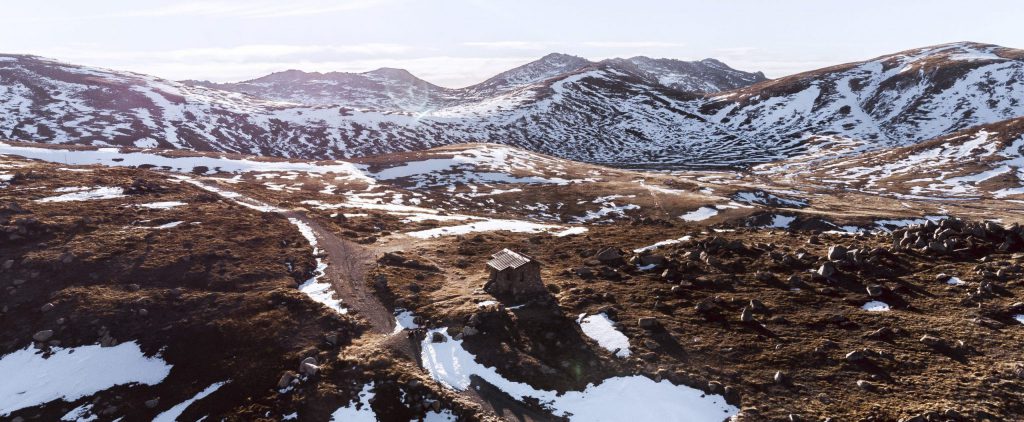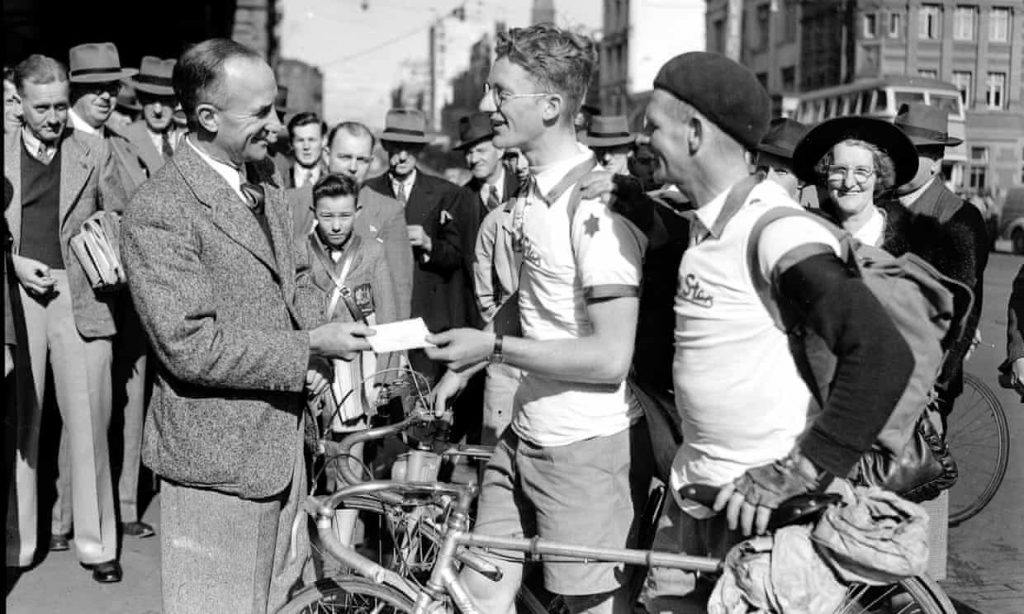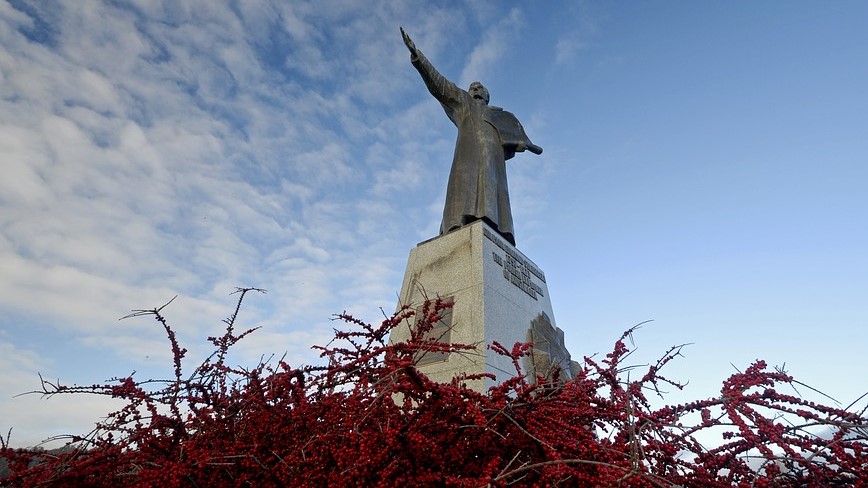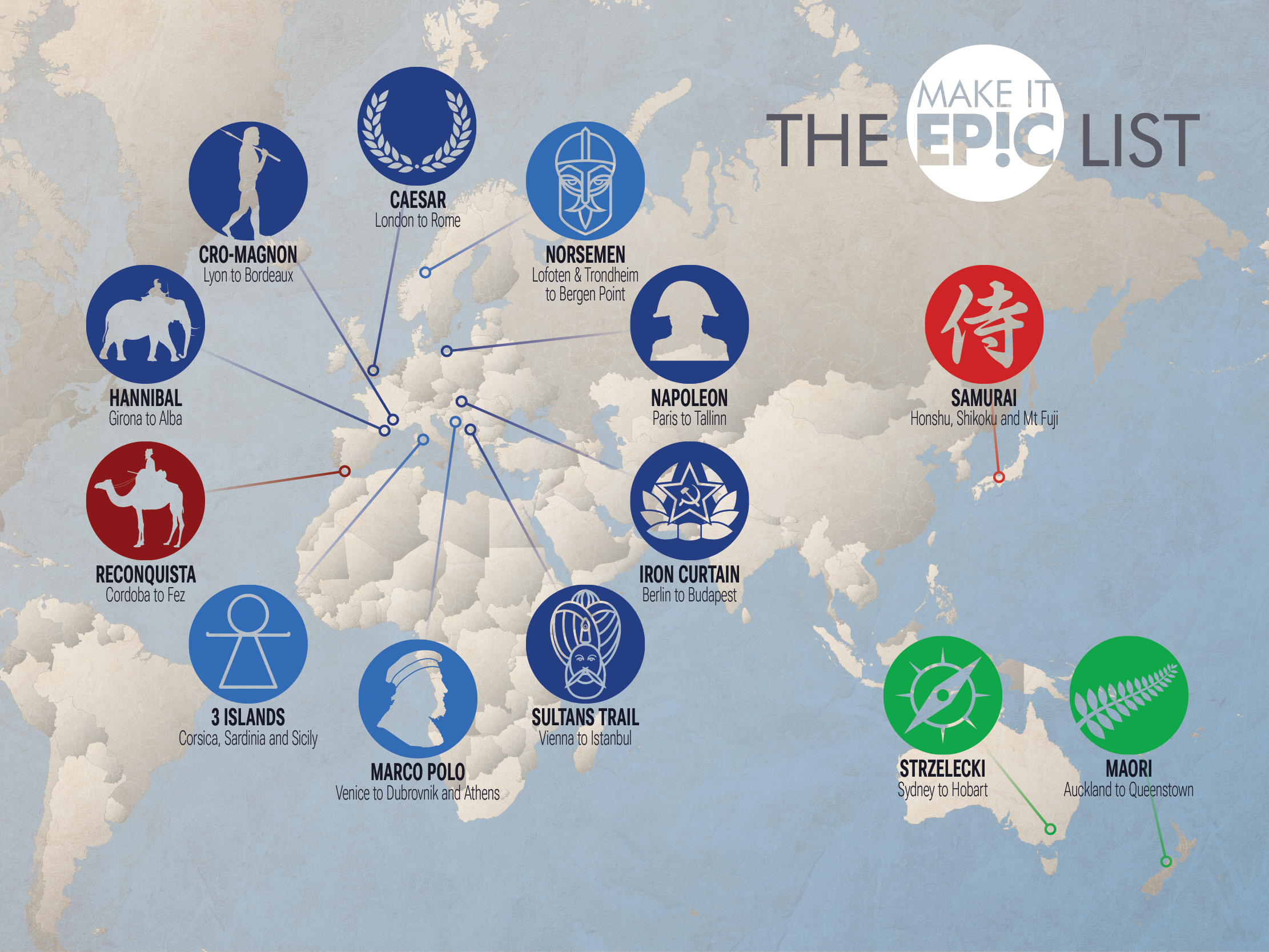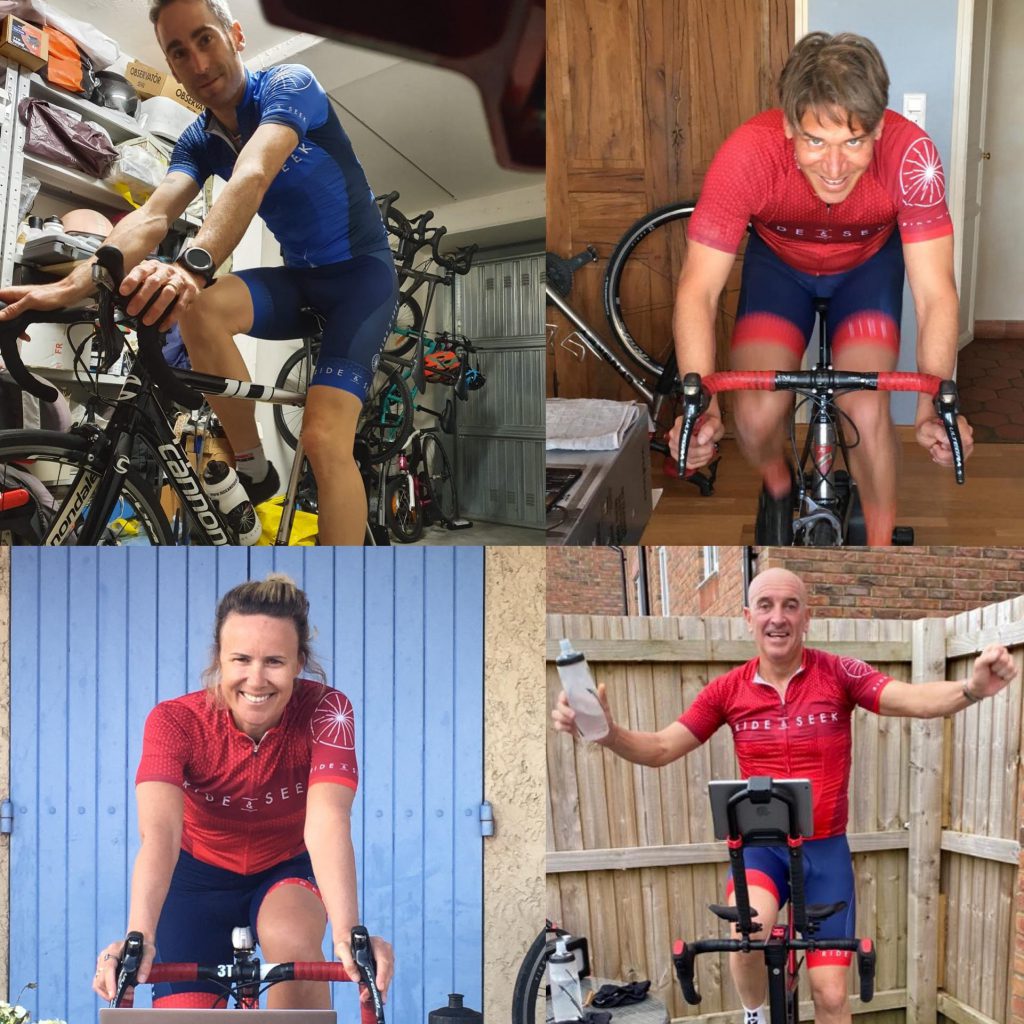Dylan Reynolds is the founder of Ride and Seek and is based in Provence, France. His chosen soul ride is a 75km(46 miles) loop ride with 1400 metres (4593 feet) of elevation – with an optional out and back from Chalet Reynard to Mont Ventoux!
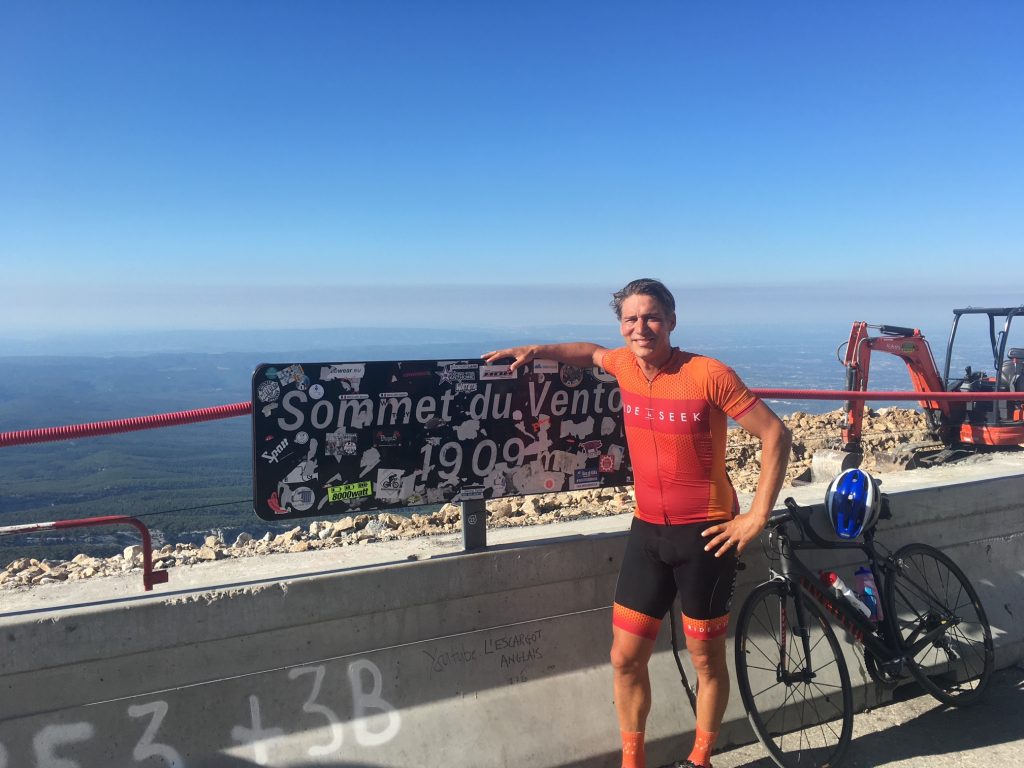
My go-to regular soul ride is an out and back up the Gorges de la Nesque which takes around 2 hours to complete. Whenever I’m short of time and need to clear my head this is my ride of choice. It combines all the elements that I consider important for a soul ride – great views, low car numbers, and not overly arduous. I have a nice warm-up on back roads to the Gorges to warm up the legs and then the climbing begins. The profile below confirms my comment regarding it not being too tough though.
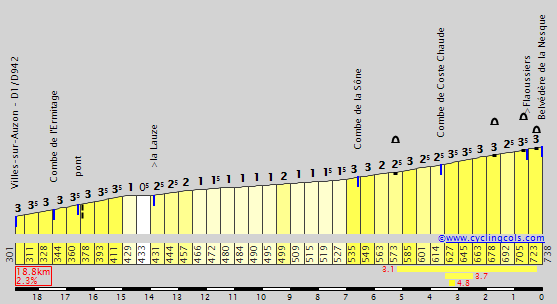
With Mont Ventoux in my backyard though it would be amiss to not include the ‘Giant of Provence’ on my choice of overall soul ride. I have taken the liberty of making the ride to the top an option though which is in keeping with the idea that a soul ride should not blow your legs off :). The ride I profile here is also my favourite loop ride when I have a bit more time on my hands. It incorporates the Gorges de la Nesque, a ride from Sault to Chalet Reynard, descent to Bedoin and then home to Mormoiron. The 6km climb from Chalet Reynard to the summit is an option!
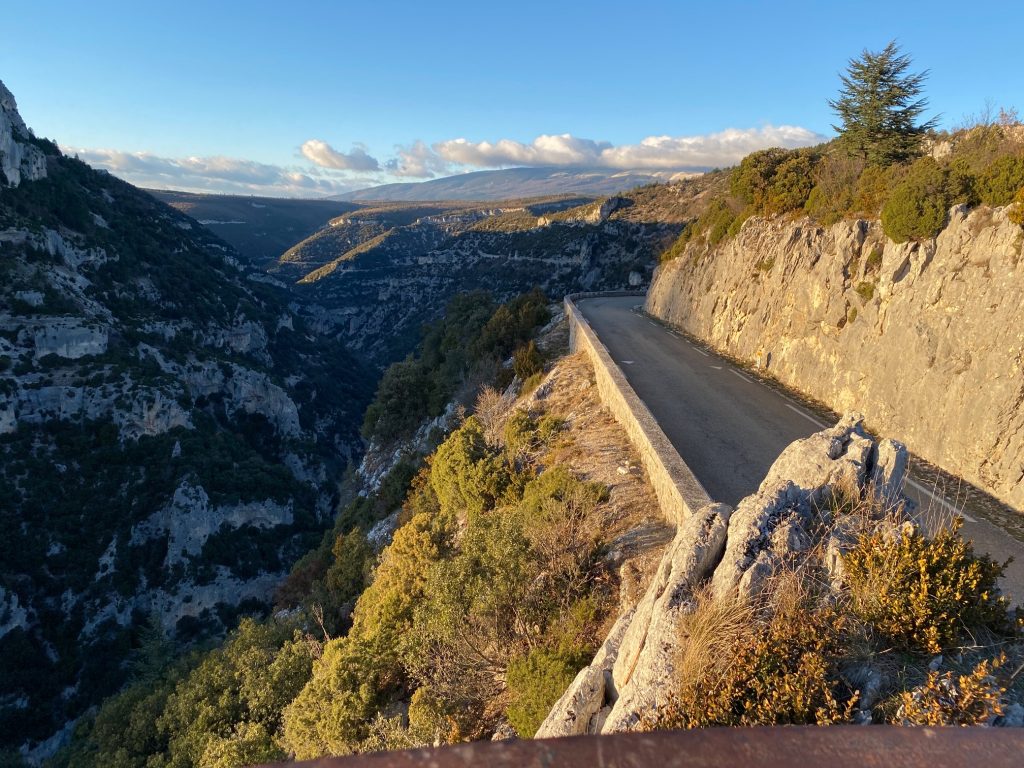
This loop ride is shown here on Strava https://www.strava.com/activities/5018922115/embed/c5c0b00b3ce553253ab7aeb5e5334c9f00b8a48b
The first part takes us from our village to the start of the Gorges de la Nesque via a series of back roads. Once on the gorge road, the great thing is that there is a trunk road that is more direct to get to Sault and so most traffic avoids it. In the summer the tourist traffic can be a little annoying – camper vans and motorbikes in particular – but if you ride it out of season or early in the day you have to yourself.
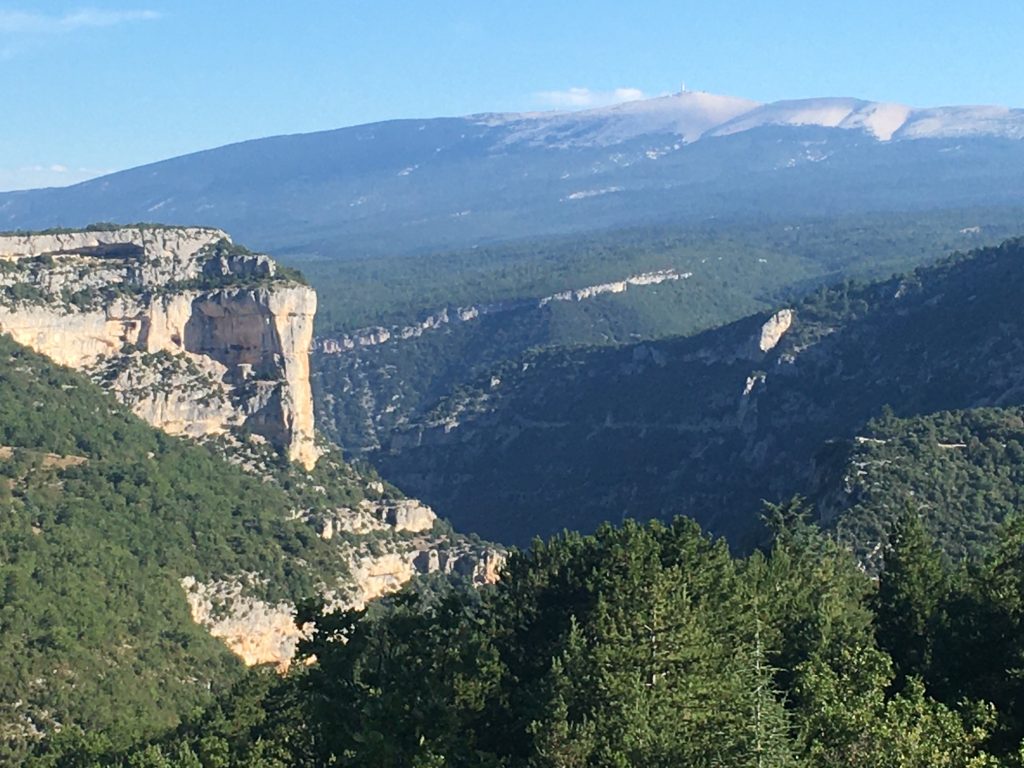
One of the surreal things about this ride is the boar you often meet at the top. For those who aren’t expecting it meeting a wild boar on arrival is something of a surprise. It is a common feature given the unofficial boar sanctuary that has been created by an American couple at the top though. Sadly Bill, who was an ex-Marine and member of the Foreign Legion, passed away in 2020 but his wife continues the project.
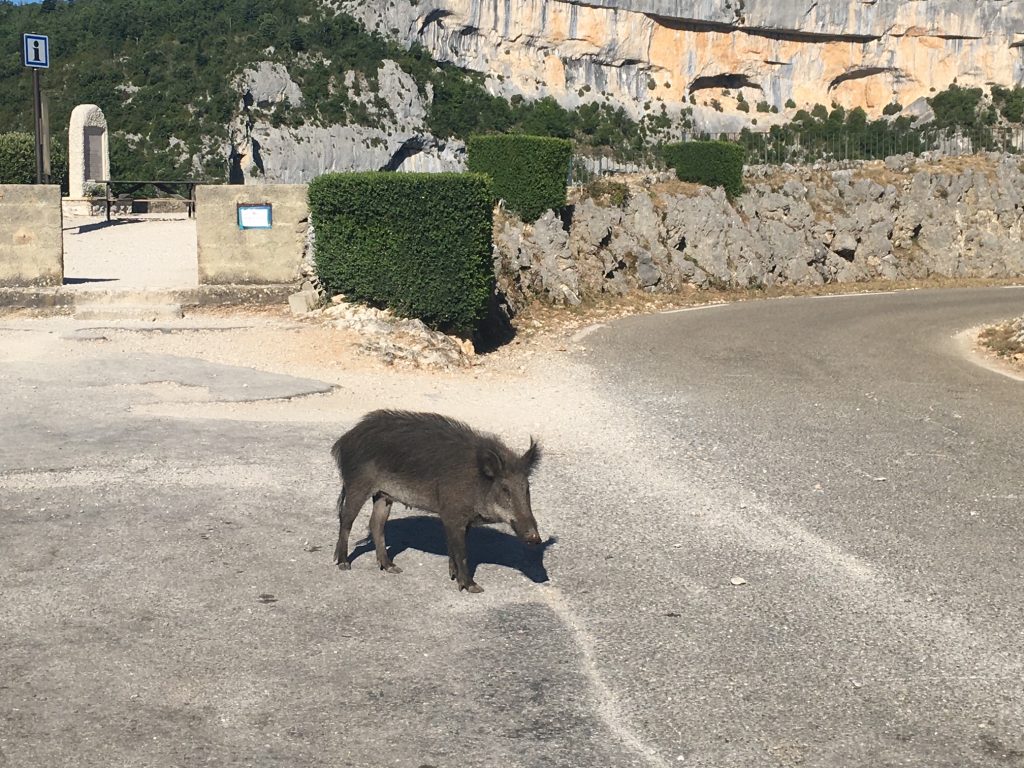
From the top of the Gorges, we ride towards the town of Sault. You can pass through the town for a coffee if you wish, or can turn earlier on to avoid the climb up. There is plenty of climbing to come so any respite is welcome although a pre-climb coffee can also hit the spot. The ride up Mont Ventoux from the Sault side is continued the ‘easy’ one of the 3 ascents. It’s all relative though! The profile below shows the whole climb.
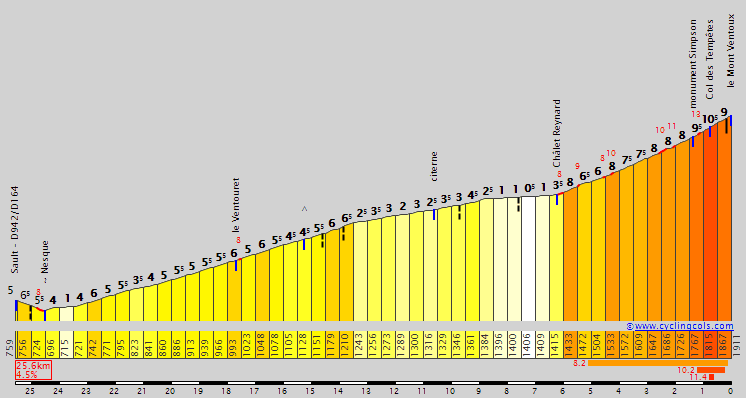
You can see from the profile that the ride up to Chalet Reynard is fairly gentle in terms of gradient and hence the option to head down from there. The extra loop option to ride to the top of Mont Ventoux is more challenging and hard to resist if you’ve got as far as the Chalet though. I tend to do the final out and back climb to the top 50% of the times I do this ride. The ascent to the top is always emotional no matter how many times you have done it.
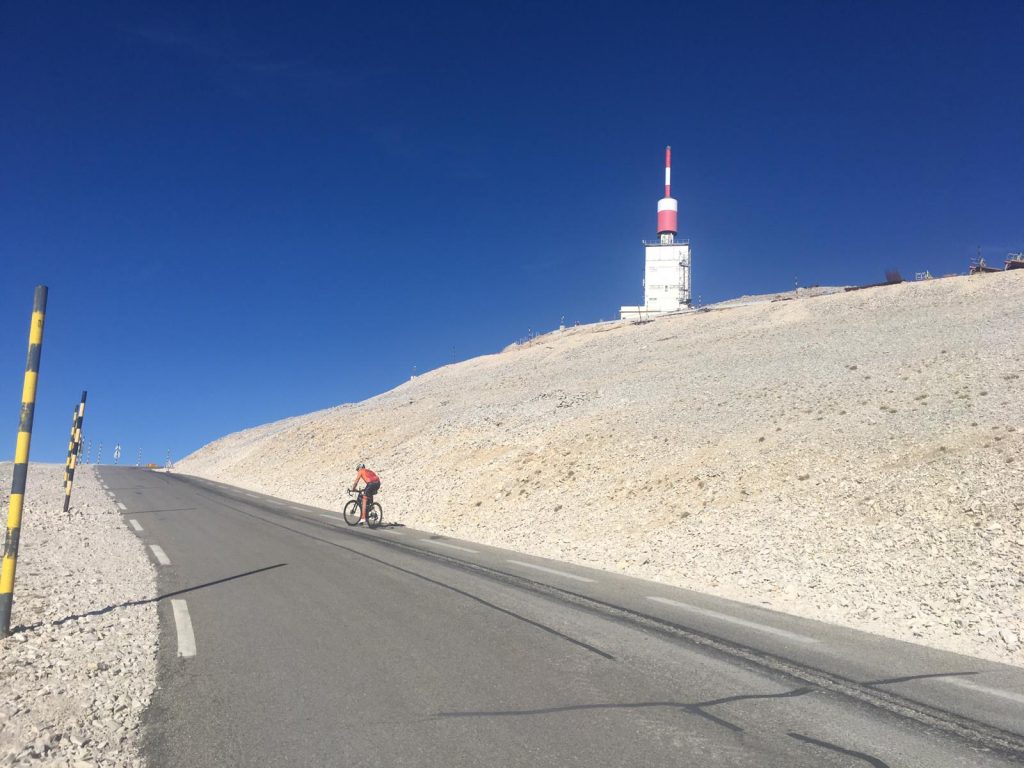
Whether I go to the top or just call it a day with the climbing at Chalet Reynard I always grab a bite to eat or at least a drink there. The snack bar does a mean pizza and there is plenty of choice. From here it is time to put on the wind jacket for the super quick descent back down to Bedoin – the most celebrated side of the mountain as it is the classic Tour de France route.
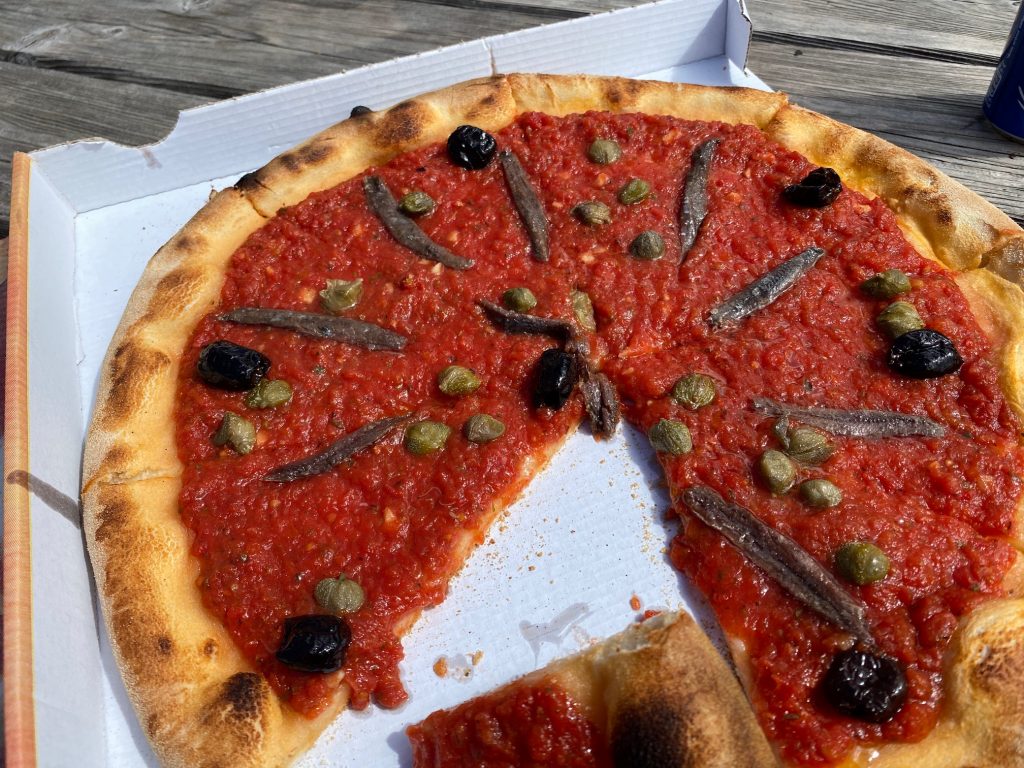
At this point, the climbing is done so enjoy the descent! At the bottom there is an option to cut the corner to head more directly back to the village in which we live – Mormoiron – or if I’ve got a bit of time on my hands a beer in Bedoin always welcome. I have hesitation in presenting this ride as an all-time favourite soul ride with or without beer and pizza.
